IQ dataset of LTE and Wi-Fi signals
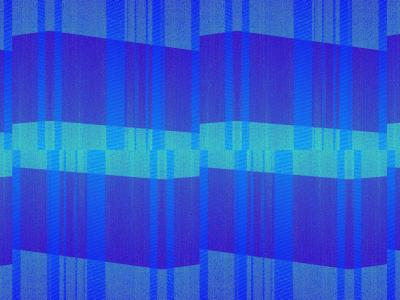
- Citation Author(s):
-
Siddhartha Subray (University of Colorado Boulder)Stefan Tschimben (University of Colorado Boulder)
- Submitted by:
- Siddhartha Subray
- Last updated:
- DOI:
- 10.21227/jv22-ss36
- Research Article Link:
 437 views
437 views
- Categories:
- Keywords:
Abstract
The demand for technologies relying on the radio spectrum, such as mobile communications and IoT, has been growing exponentially. As a consequence, providing access to the radio spectrum is becoming increasingly more important. The ever-growing wireless traffic and the increasing scarcity of available spectrum warrants efficient management of the radio spectrum. At the same time, machine learning (ML) is becoming ubiquitous and has found applications in many fields for its ability to identify patterns and assist with decision-making processes. Recently, machine learning algorithms have been used to address challenges in the wireless communications domain, such as radio spectrum sensing, and have shown better performance than traditional sensing methods, such as energy detection. Spectrum sensing, a method for detecting and identifying different wireless signals being transmitted in the same band of the radio spectrum, is crucial for improving dynamic spectrum sharing, which has the potential to enhance sharing and coexistence of different wireless technologies in the same frequency band and ultimately improve spectrum efficiency. To this end, this research evaluates different types of autoencoders, such as deep, variational and Long Short-Term Memory (LSTM) autoencoders, to identify and differentiate between LTE and Wi-Fi transmissions. The goal is to investigate the performance of the different types of autoencoders on an I/Q dataset consisting of LTE and a combination of Wi-Fi signals (IEEE 802.11ax and IEEE 802.11ac) for the classification task in terms of complexity, precision, and recall to identify the best algorithm. Our models have achieved up to 99.9\% precision and 88.1\% recall for this classification task. Additionally, with a shortest training time of approximately 47 seconds, the models are suitable for online learning and deployment in a dynamic RF environment.
Instructions:
The Signal_data.zip file contains the IQ data for LTE and Wi-Fi signals.
File name: USRP_B210_751MHz_10MS
- Description: LTE IQ data captured using USRP B210
- Data format: np.complex64
File name(s): 80211*
- Description: Wi-Fi IQ data generated using MATLAB
- Data format: binary (MATLAB file)




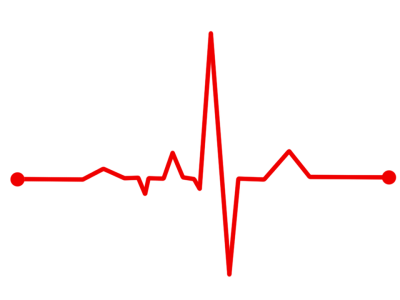
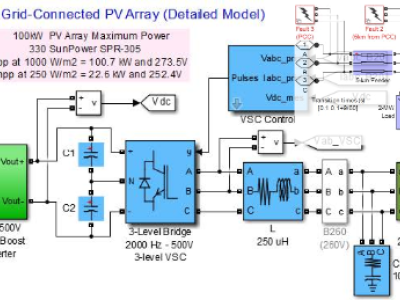
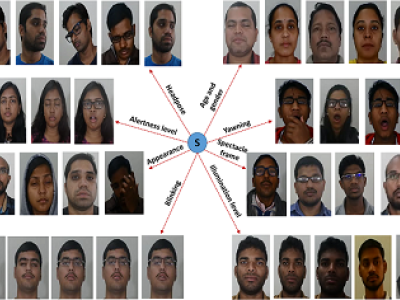
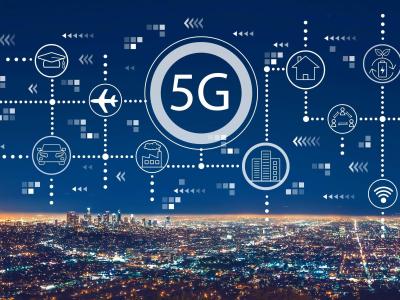

.